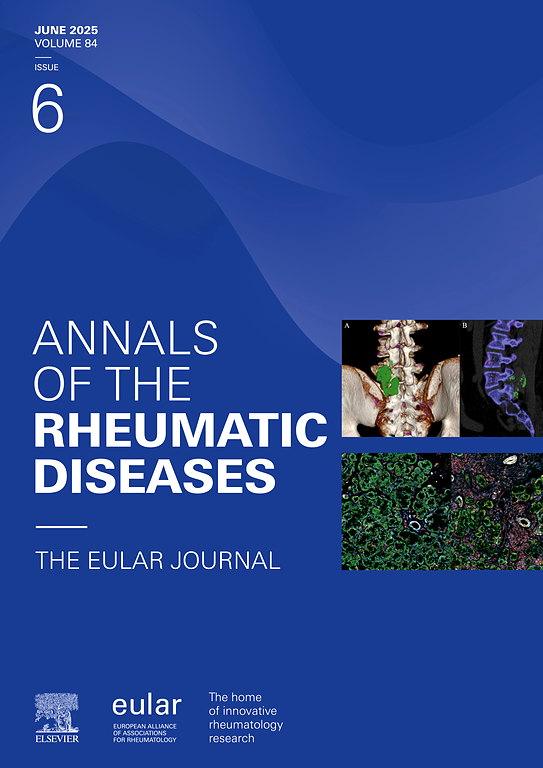Enhanced proteasome activity in perifascicular myofibres is a hallmark of dermatomyositis and its inhibition is efficient in preclinical models
Publication

Enhanced proteasome activity in perifascicular myofibres is a hallmark of dermatomyositis and its inhibition is efficient in preclinical models
Auteurs : Léa Debrut, Margherita Giannini, Giulia Quiring, Simone Perniola, Daniela Rovito, Céline Keime, Béatrice Lannes, Aleksandra Nadaj-Pakleza, Jean-Baptiste Chanson, Anne-Laure Charles, Bernard Geny, Daniel Metzger, Gilles Laverny, Alain Meyer
Axes de recherche : Axe 3 | Inflammation
Abstract
Objectives: This study aims to characterise the molecular pathways underpinning perifascicular muscle fibre alterations to identify repositionable molecules for dermatomyositis (DM) treatment, and validate potential candidates in preclinical models.
Methods: RNA-sequencing was performed to determine the transcriptome of microdissected peri- and endofascicular myofibres from 7 patients with untreated and early DM (symptoms <6 months), 6 with other inflammatory myopathies and 5 without neuromuscular disease. The molecular pathways characterising DM perifascicular fibres were determined and used to explore databases of repositionable drugs. The top candidate molecule was validated in cellular and animal preclinical models.
Results: Microdissected myofibre transcriptomic analysis revealed that upregulation of the proteasome pathway, prevailing in perifascicular myofibres, is a hallmark of DM. Immunostaining experiments conducted in a validation cohort showed that in patients with DM, β5i (encoded by PSMB8) was predominantly expressed in the cytoplasm of muscle fibres within the perifascicular region, which also predominantly expressed MxA and HLA-I. Experiments in human myotubes showed that interferon (IFN)-β enhances the expression of proteasome catalytic subunit β5i and chymotrypsin-like activity in myofibres. Computational drug repurposing analysis based on the DM perifascicular myofibre transcriptomic signature identified ixazomib (a proteasome inhibitor) as the drug with the highest therapeutic potential. In human myotubes, ixazomib prevented IFN-β-induced DM-like lesions (atrophy, major histocompatibility complex class I [MHC-I] expression and mitochondrial dysfunctions) without impacting the expression of interferon-stimulated genes (ISGs). Moreover, experimental myositis (EM) mice treated with ixazomib recovered muscle strength and normalised serum creatine kinase levels. While ISG expression was unchanged in muscles of ixazomib-treated EM mice, sarcolemmal MHC-I expression was abolished, myofibre size variability was normalised, and inflammatory infiltrate was decreased.
Conclusions: Enhanced proteasome activity in perifascicular myofibres is a hallmark of DM; its inhibition, deemed effective in preclinical models, may represent a new therapeutic strategy for this disease.
Keywords: Dermatomyositis, DM; IFN; Inclusion body myositis, IBM; KZR; PSMB8; Polymyositis, PM; antisynthetase syndrome, ASyS; experimental myositis; immune-mediated necrotising myopathy, IMNM; immunoproteasome; inflammatory myopathies, IIM; interferon; ixazomib; necrotising autoimmune myopathy; overlap myositis; proteasome; scleromyositis.
Copyright © 2025 The Authors. Published by Elsevier B.V. All rights reserved.